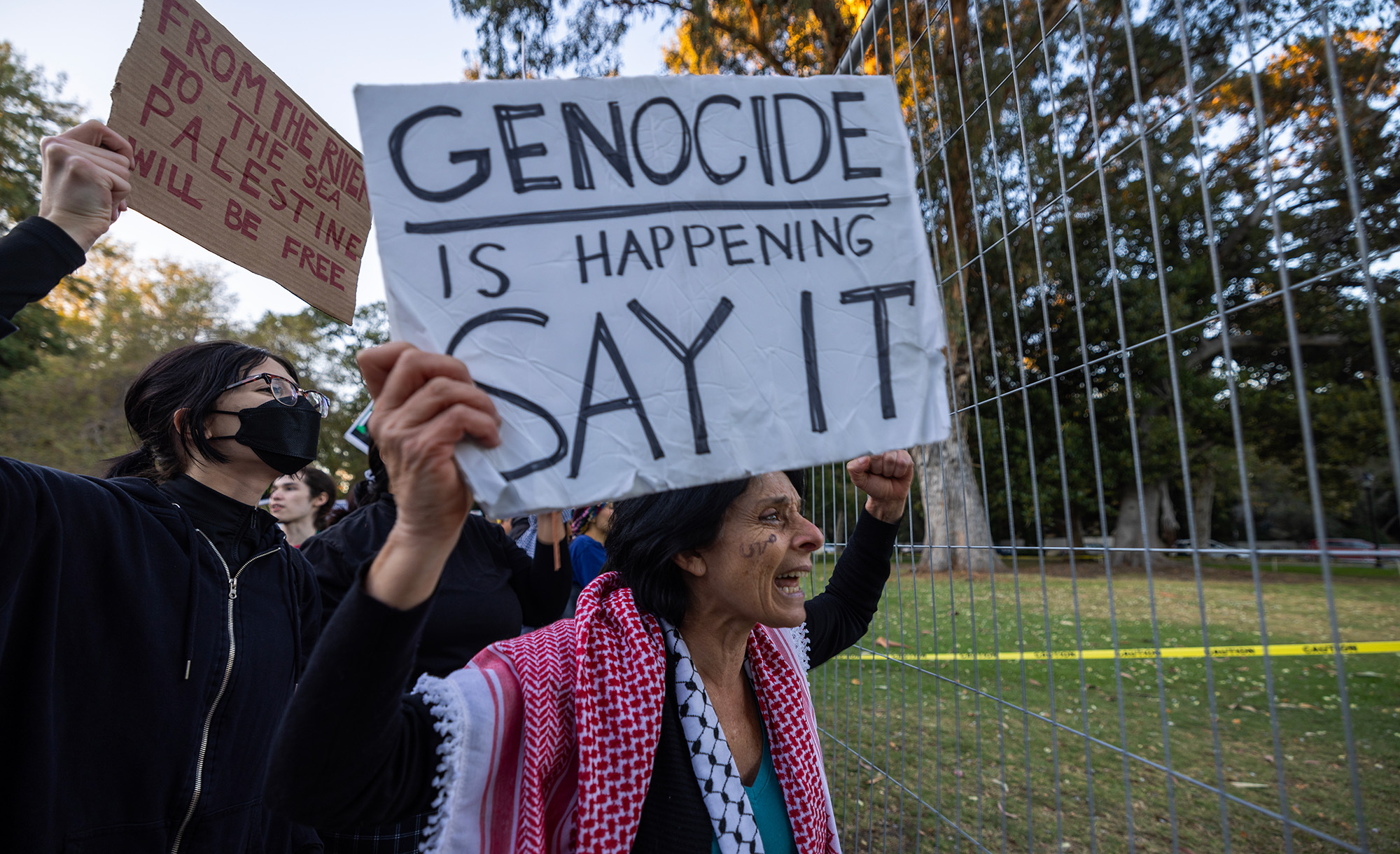Unlike neighboring Egypt and Ethiopia, where Jews lived since before the rise of Islam, Sudan was not home to a Jewish community until relatively recently. Sudanese Jewry flourished in the early 20th century, but, like other Jewish communities in the Muslim world, it also came to an abrupt end. Daisy Abboudi writes:
In 1908, the Moroccan-born rabbi Suleiman Malka arrived in Khartoum with his wife and two eldest daughters at the request of the Jewish authorities in Egypt, which oversaw the community in its southern neighbor. . . . The rabbi came to minister to the small older community as well as to a growing number of Jews coming from across the Middle East, including Egypt, Iraq, and Syria. They arrived on the new railway line built by British colonialists, connecting Alexandria in Egypt with Khartoum.
Many were small-time merchants trading goods like textiles and gum arabic—an important food additive made from Sudan’s acacia trees. Settling along the Nile in the four towns of Khartoum, Khartoum North, Omdurman, and Wad Medani, they soon began to flourish.
While the synagogue was the spiritual home of the community, social life revolved around the Jewish Recreation Club. Middle- and upper-class society in Sudan was made up of many interlinked yet distinct groups. As well as the Jewish community, there were thriving Greek, Syrian, Italian, Egyptian, Armenian, British, and Indian communities in Khartoum and Omdurman, its sister city across the Nile. Each of these had a social center, or “club,” in the capital, where they could meet, play cards, chat and socialize in the evenings.
At its height, the Jewish population reached over 1,000 souls. But following the 1956 Suez war, there was a rapid increase in anti-Semitism, which intensified further after the Six-Day War. By the early 1970s, the community was gone altogether.
More about: African Jewry, Anti-Semitism, Sudan


